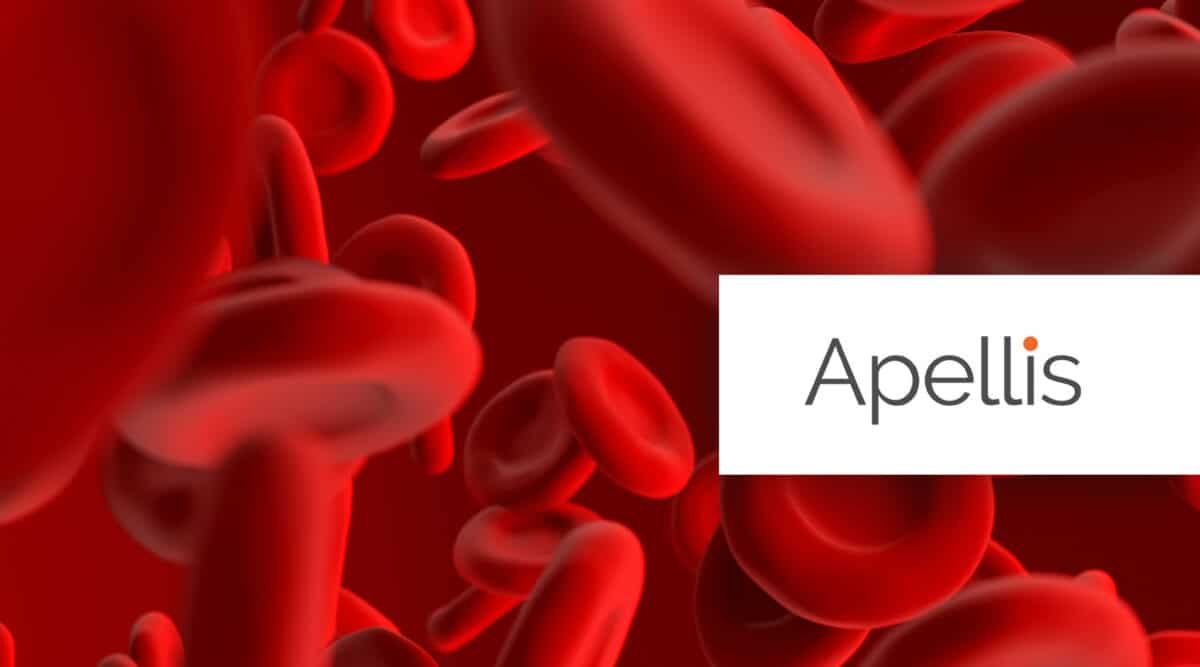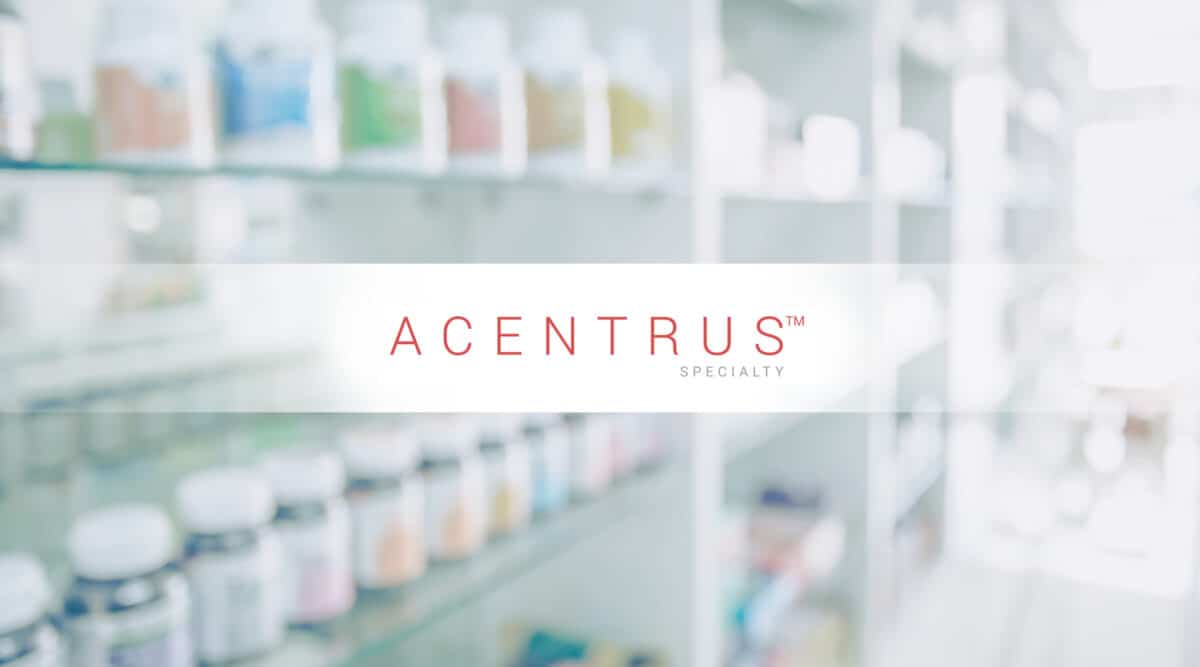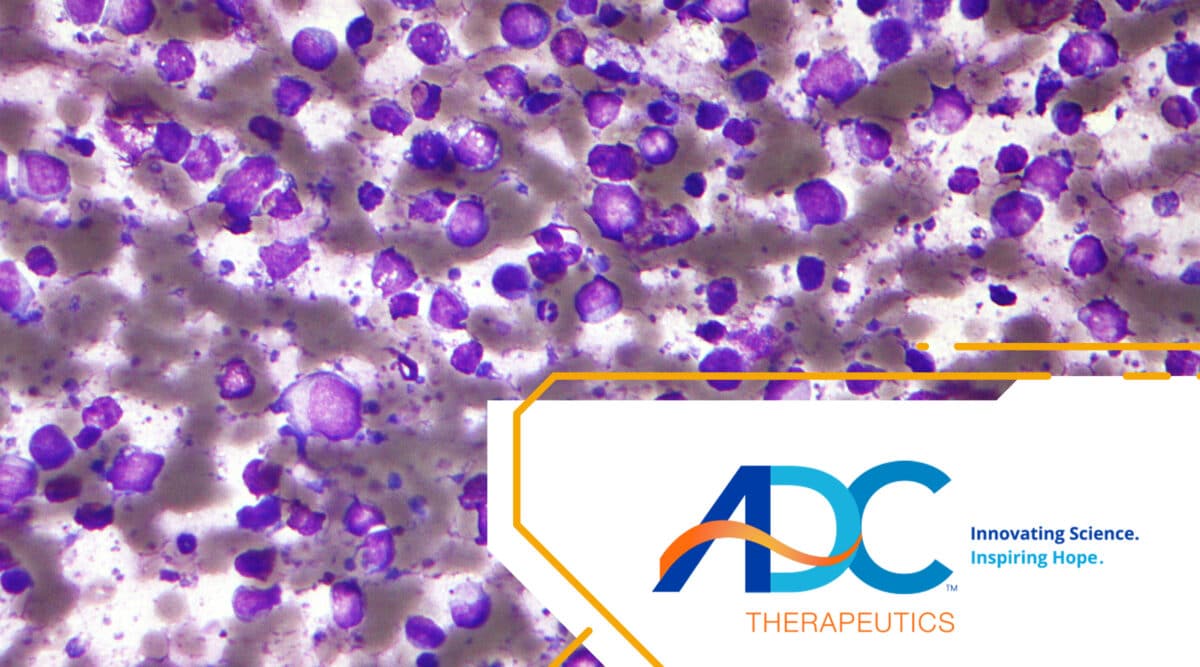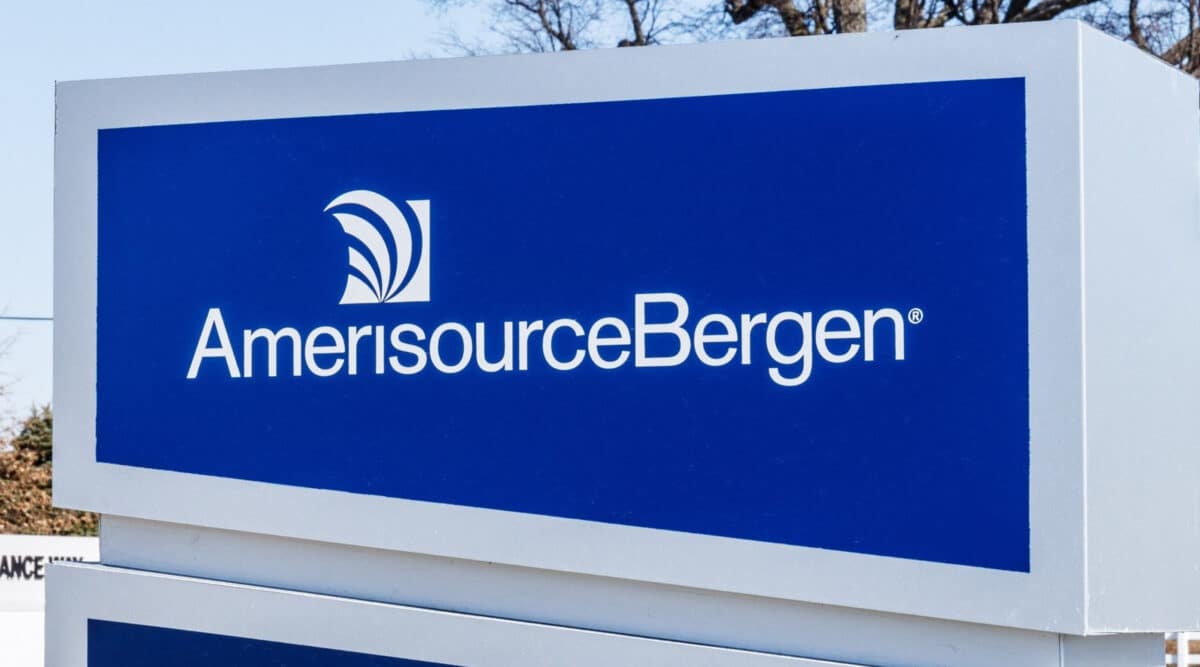Over the years I’ve been able to visit dozens of specialty pharmacies working with pharmacy leadership to help develop new programs. Each of these new programs required staff to be trained and, to no surprise, many recent hires simply did not understand the specialty pharmacy model with all its moving parts.
One area that specialty pharmacies don’t spend a lot of time on in training is DATA. Why should staff care about data if they aren’t involved in crunching the numbers? The answer is simple. Garbage in…. Garbage out. Staff need to understand the value of data and how data is integral to the long-term value proposition of the SP model.
The article below is all about data. The article explains data, data capture (process), and reporting. It then pivots to address challenges related to specialty data and where and why data capture is increasingly important. It is a very good primer for any recent hire in specialty pharmacy to begin to understand the value of data to the business.
Data Capture and Reporting in Specialty Pharmacy
May 6, 2021 — Data can not only provide visibility into the process, day-to-day operations, and the patient journey, but can also help specialty pharmacies meet contractual obligations and provide a closer look at performance and improvement opportunities.
Specialty pharmacy is uniquely positioned to capture and deliver data to drive value in the care of patients who need specialty medications. Data can not only provide visibility into the process, day-to-day operations, and the patient journey, but can also help specialty pharmacies meet contractual obligations and provide a closer look at performance and improvement opportunities.
Data
Data in specialty pharmacy provides visibility into prescribers, patients, and payers. A specialty pharmacy can identify which kind of health care providers are prescribing certain medications and can provide insights into their prescribing habits.
Trends in prescribing habits that may delay time to fill can be identified and interventions can be made to address these trends. Examples include poor documentation and lack of guidelines support when prescribing.
Data can also provide visibility into the regional distribution of patients and can offer insights into the social determinants of health that may be impacting patient outcomes. Further, data can demonstrate patterns that can help specialty pharmacies better treat their patients.
Although each patient is unique, there are patterns that can be identified as data are collected on many patients, which can help improve the treatment approach.
Lastly, data can provide visibility into payer activity, their coverage patterns, benefit structures, and their reimbursement rates and out-of-pocket obligations. This helps specialty pharmacies identify opportunities to obtain secondary coverage for patients or help them identify when payer policies are not representative of treatment guidelines.
Data Capture
Data are captured through documentation platforms that capture standardized claims data and through patient management systems that can capture additional meaningful information about the patient. Capturing data at any point within the patient experience can offer value, from referral to discharge.
At the time of referral, patient and prescriber demographic information is captured. When the specialty pharmacy initiates the benefit investigation and verification process, plan and policy details are captured.
Once claims are submitted, data regarding the denied or paid claim is retuned and captured. This includes information such as restrictions or quantity limits, co-pay, and deductible amounts.
Once this granular information is captured, it allows for the calculation of broader metrics such as time to clean claim, time to fill, and incremental time to process. These metrics provide a closer look into the performance of pharmacy operations and allow for diagnostic analytics to identify areas of improvements within the process to cut down on those metrics.
When claims are denied, prior authorization and appeal information is documented. This sheds light on what it takes to get a paid claim across payers, whether a letter of medical necessity is required or if a peer-to-peer would suffice. This information is of great benefit because it can provide guidance on how to handle the next patient’s reimbursement support.
From a patient perspective, data regarding their self-reported outcomes is collected during periodic shipment set up calls and other support outreach that the specialty pharmacy is conducting. Financial information can also be captured that allows the pharmacy to look for financial support options to ensure patient access to their much-needed medication.
Furthermore, specialty pharmacies are typically contractually obligated to document and report patient, caregiver, or physician reported adverse events. From there, specialty pharmacies learn about the patient through their fill history data and can calculate adherence measures, such as their medication possession ratio or proportion of days covered.
In addition to specialty pharmacies collecting data, other entities could do so as well depending on the makeup of the distribution network. Specialty hubs are involved in certain networks and can receive enrollments directly from prescribers. Hubs, in turn, can collect data about the patient, prescriber, and payer depending on the level of service they provide. Hubs can also collect metrics regarding hub utilization and which services patients and prescribers are taking advantage of the most.
A lot of data are available for collection for any entity servicing specialty patients, whether the pharmacy or the hub. In addition to managing incoming data, there is an expectation of data to be reported externally.
Reporting
Data can be transmitted to a payer, data aggregator, or directly to a manufacturer. Typically, data are encrypted to ensure security during transmission from a pharmacy to a third party. Files can be transmitted as an excel, comma-separated values, or pipe-delimited flat file.
Mechanisms to transmit these files include placement on a secure file transfer protocol site to ensure encryption through transmit. It can go through an electronic data interchange, which are industry standard file formats. Alternatively, it can be displayed and accessed through a portal.
When reporting data, specialty pharmacies are responsible for managing the de-identification of protected health information in compliance with the Health Insurance Portability and Accountability Act (HIPAA). Section 164.514(a) of the HIPAA Privacy Rule provides the standard for de-identification of protected health information. Under this standard, health information is not individually identifiable if it does not identify an individual and if the covered entity has no reasonable basis to believe it can be used to identify an individual.1
De-identification methods are the expert determination and the safe harbor method. The expert determination method uses statistical principles to ensure that there is a very small risk of patients being individually identifiable.
This method looks at separate populations individually and tends to be costly. The safe harbor method is more commonly used because it removes 18 major identifiers relating to patient demographics, vehicle, device, biometric, account number, and other identifiers.
Specialty pharmacies and hubs are typically asked to report patient level information through a status report. Status reports provide visibility to the drug manufacturer on each patient’s journey within the specialty pharmacy network.
As these providers capture data from referral to discharge, these data can be translated into statuses that describe where the patient resides in their treatment journey. Statuses pinpoint whether a patient is pending benefit verification, has been referred to a pharmacy for dispense, has received a shipment, or has experienced a discontinuation in treatment.
Supplementing the statuses are additional information about the patient, prescriber, and payer that specialty pharmacy providers can communicate via reporting. Other types of reports that specialty pharmacies and hubs can be responsible for include dispense and inventory reports, among others.
Specialty pharmacy networks can include third party data aggregators that collect data reported from all network constituents. These organizations are designed to pull data together from multiple parties and package them for the end user.
They come into play when there are multiple pharmacies in a network or when extensive reporting is required. They clean up the data, aggregate it, and manages its quality prior to passing on to the drug manufacturer.
Beyond individual networks that data aggregators service, they can collect data at the industry level and offer it to drug companies as a way of providing industry insights. In addition to data reporting within the specialty network, third party payers that specialty pharmacies contract with may require data reporting on a quarterly or yearly basis.
Payers can ask for certain data to be submitted to demonstrate the value that the specialty pharmacy is providing to the patients that the payer covers. Specialty pharmacies end up reporting to multiple payers as they expand their contracts.
Since there is not a standardized reporting approach to payers, pharmacies end up having to create different reports to different payers that meet contractual obligations to ensure proper reimbursement. Similarly, specialty pharmacies that are accredited must report to accreditors to demonstrate that they are meeting required metrics.
Challenges
Many challenges arise when it comes to data capture and reporting in specialty pharmacy. The biggest challenge is the lack of standardization. Since there is no reporting standard between entities, it makes it difficult to align data.
Therefore, specialty pharmacies need to act upon, capture, and report the necessary fields. Also, data reporting transmission techniques could differ between entities, so specialty pharmacies need all appropriate systems to transmit data appropriately.
This includes de-identification as well as the means and frequency of transmission. Another challenge is identifying the appropriate use cases for the data, especially when baseline data is not available or has not been captured. Lastly, data availability may be limited with smaller populations, particularly in the rare disease space.
Perhaps the most important question specialty providers can ask themselves is, “how can we use the data to get better?”
Operationally, providers need to know what questions to ask and to differentiate between operational inefficiencies versus complexities in the disease state, such as the difficulty of getting the medication approved by payers. Additionally, specialty pharmacies should measure patient satisfaction and use it as a way of highlighting their strengths and identifying areas for improvement.
The Future
Looking ahead, real time data can be a great way of getting a view into the patient at any point in time. Currently, data reports are typically scheduled for daily, weekly, monthly, or quarterly delivery.
A better way of sharing data would be to display it in real time through a portal or a dashboard. This would require integration, so specialty providers are capturing data within the workflow instead of it being an afterthought.
Another opportunity that the larger specialty providers can get a head start on compared to their competition is the use of advanced analytics. Currently, data analytics in specialty pharmacy is centered around descriptive and diagnostic analytics.
It is a hindsight approach that presents past data to try to make sense of what happened. This is typically communicated in a quarterly business review fashion.
A great opportunity for specialty pharmacies is to shift gears into foresight-type analytics through predictive and prescriptive analytics. This allows providers with large data sets for populations they treat to predict the likelihood of certain events happening to their patients.
This allows them to implement interventions to prevent those events, which can lead to reduced adverse events, increased retention, and enhanced patient care.
About the Author
Rami Chammas is the Director of Pharmacy Services at RareMed Solutions, the nation’s first rare disease focused specialty pharmacy HUB.
Rami Chammas, PharmD, MPBA Candidate
Pharmacy Times











